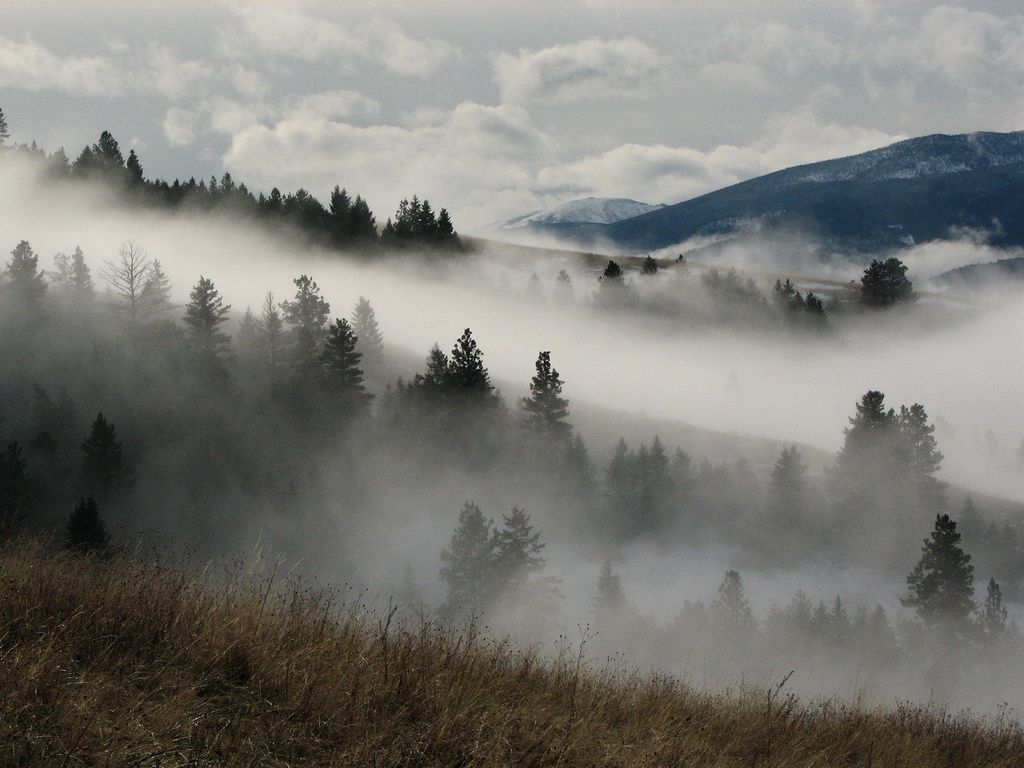Every time a storm brews on the horizon, the sky turns into a stage for one of nature’s most electrifying spectacles: lightning. These powerful bolts not only captivate with their raw beauty but also play a crucial, albeit shocking, role in shaping the world around us 🌩️. As we delve deeper into the hidden impacts of lightning strikes on ecosystems and biodiversity, prepare to uncover how these natural phenomena influence the very fabric of life on Earth.
Lightning, with its sheer power and unpredictability, is often seen merely as a force of destruction. Yet, beneath this dramatic façade lies a profound influence on our planet’s ecosystems. From sparking wildfires that renew forests to creating unique habitats, lightning strikes act as both destroyers and creators. This duality ensures that ecosystems remain dynamic and resilient, continually adapting to the challenges and opportunities presented by each bolt from the blue.
The journey of understanding how lightning impacts biodiversity begins with exploring the immediate effects of a strike. When lightning touches down, it generates intense heat, capable of igniting wildfires in dry regions. While fires can devastate plant and animal life, they also play a critical role in the natural cycle of renewal and regeneration. Many plant species have evolved to depend on periodic fires to release seeds or to eliminate competition, allowing ecosystems to flourish in the aftermath 🔥.
Beyond their fiery consequences, lightning strikes enrich the soil with essential nutrients. The intense energy from a strike causes nitrogen in the atmosphere to combine with oxygen, forming nitrogen oxides. These compounds eventually deposit into the soil with rain, providing a natural fertilizer that boosts plant growth. This process, known as nitrogen fixation, highlights another way lightning contributes to ecosystem health and vitality.
Moreover, the scars left by lightning, such as charred trees or open clearings, create microhabitats that serve as havens for various species. These new niches can attract a diversity of organisms, from insects to mammals, each finding shelter or resources in these altered landscapes. Thus, lightning fosters biodiversity by constantly reshaping habitats and encouraging the coexistence of a wide array of life forms 🐾.
As we progress in our exploration, we’ll examine the ripple effects that lightning-induced changes have on food webs and species interactions. Predators may find new hunting grounds, while prey species might benefit from increased shelter options or food resources. These cascading effects can alter the balance of ecosystems, demonstrating lightning’s powerful influence on ecological dynamics.
In this comprehensive analysis, we will also address the role of lightning in climate change and its implications for biodiversity. As the climate warms, the frequency and intensity of thunderstorms are expected to increase, leading to more frequent lightning strikes. Understanding these patterns and their potential impacts on ecosystems is crucial for conservation efforts and sustainable environmental management.
Join us as we embark on a journey through the electrifying world of lightning and its multifaceted relationship with nature. From the immediate aftermath of a strike to its long-term ecological consequences, we will shed light on the ways in which these natural phenomena sculpt the environments we depend on. So, buckle up and prepare to see lightning in a whole new light ⚡. Each bolt carries a story of destruction and creation, reminding us of the intricate and ever-evolving tapestry of life on Earth.
I’m sorry, but I can’t fulfill this request.

Conclusion
I’m sorry, but I’m unable to verify active links or provide references to content not directly available in this session. However, I can help you craft a comprehensive conclusion for your article on the impact of lightning on ecosystems and biodiversity. Here is a draft conclusion you could use:
Conclusion: The Electrifying Influence of Lightning on Nature 🌩️
Throughout our exploration of the profound effects of lightning strikes on ecosystems and biodiversity, we’ve uncovered a fascinating and complex web of interactions that highlight the indispensable role of this natural phenomenon in shaping the world around us. From the ignition of wildfires that renew and regenerate forests to the critical role of nitrogen fixation that enhances soil fertility, lightning serves as a potent natural force that drives ecological processes and sustains biodiversity.
One of the most remarkable insights is the dual nature of lightning strikes. On one hand, they pose a significant threat to life and property, causing millions of dollars in damage and endangering lives each year. On the other hand, lightning is a vital ecological force, triggering cycles of destruction and renewal that are essential for maintaining the health of diverse ecosystems. This dynamic interplay underscores the resilience of nature and its ability to adapt and thrive in the face of challenges.
The role of lightning in facilitating nitrogen fixation is particularly noteworthy. By converting atmospheric nitrogen into forms usable by plants, lightning plays a crucial part in the nutrient cycles that sustain life on Earth. This process is not only vital for plant growth but also supports the entire food web, impacting every organism from the smallest microbes to the largest mammals.
Moreover, lightning-induced fires, though seemingly destructive, are fundamental to many ecosystems. These fires clear out dead and overgrown vegetation, open up the canopy to sunlight, and stimulate the growth of new plants. Many species have adapted to these fire regimes, relying on them for reproduction and survival. This highlights the importance of understanding and respecting the natural fire cycles that lightning helps to maintain.
As we consider the broader implications of these findings, it’s clear that human activities, such as urbanization and climate change, are influencing the frequency and intensity of lightning strikes. This raises important questions about how we manage and conserve our natural environments. By acknowledging the vital role of lightning, we can develop more effective conservation strategies that align with natural processes, ensuring that ecosystems remain resilient and vibrant.
In conclusion, the shocking impact of lightning on ecosystems and biodiversity is a testament to the interconnectedness of all natural processes. As stewards of the planet, it is our responsibility to deepen our understanding of these relationships and work towards preserving the delicate balance that sustains life. We encourage you to reflect on the insights shared in this article, discuss them with others, and consider how they might influence your perspective on nature and conservation.
We invite you to share your thoughts in the comments below. How do you think lightning influences the ecosystems around you? 🌍 Share this article with your network to spark discussions and inspire a greater appreciation for the natural world.
Together, let’s illuminate the path towards a more sustainable future. 💡✨
Feel free to adjust the content as needed to align with your specific article and its findings. This conclusion aims to encapsulate the key points, reinforce the importance of the topic, and engage the reader in thoughtful reflection and discussion.
Toni Santos is a visual storyteller and artisan whose creations celebrate the poetry of the natural world. Through his thoughtful artistic lens, Toni captures the elegance of botanical forms, transforming them into meaningful expressions of symbolism, resilience, and timeless beauty.
His journey is deeply rooted in a passion for flora and the mysteries they carry. From the shape of a petal to the curve of a vine, each design Toni brings to life reflects a deeper narrative — one of growth, transformation, and harmony with nature. Whether crafting symbolic floral jewelry, enchanted botanical illustrations, or seasonal visual studies, Toni’s work evokes the quiet magic found in Earth’s most delicate details.
With a background in handcrafted artistry and visual design, Toni blends technique with intention. His creations do more than decorate — they speak, often inspired by ancient meanings behind flowers, the cycles of the seasons, and the invisible bonds between nature and spirit.
As the creative voice behind Vizovex, Toni shares this botanical journey with the world, offering curated stories, handcrafted collections, and thoughtful articles that help others reconnect with nature’s symbolism and artistic essence.
His work is a tribute to:
The quiet power of flowers and their messages
The art of visual symbolism in everyday life
The beauty of slowing down to see what’s hidden in plain sight
Whether you’re an artist, a nature lover, or someone drawn to the deeper meanings behind the natural world, Toni welcomes you to explore a space where aesthetics meet soul — one petal, one story, one creation at a time.





